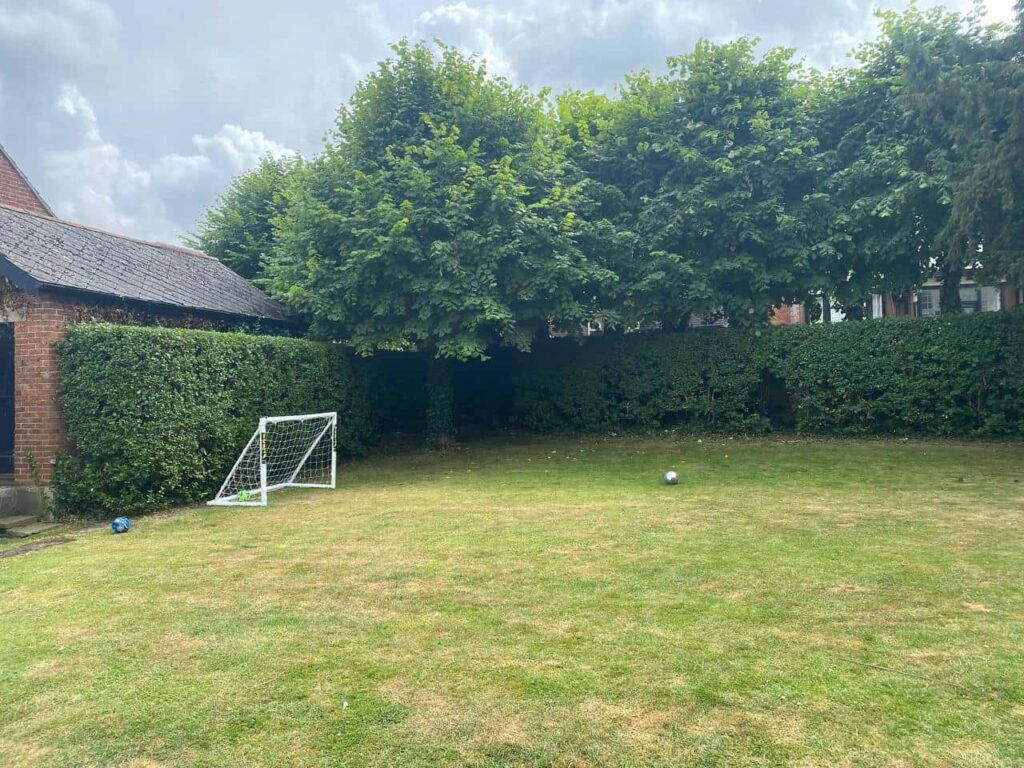Introduction: The tree care and conservation world is a delicate balancing act, especially regarding dead wood removal. On one hand, dead wood poses potential hazards, and its removal is often necessary for safety reasons. On the other hand, dead wood is vital in supporting wildlife ecosystems. In this blog post, brought to you by Bury St Edmunds Tree Surgeons, we will explore the importance of balancing dead wood removal and wildlife conservation.
The Role of Dead Wood in Ecosystems
Dead wood, whether standing or fallen, is a valuable habitat for various forms of wildlife. Here are some essential roles it plays in ecosystems:
Habitat for Insects: Dead wood provides a home and food source for countless insect species, including beetles, ants, and wood-boring insects. These insects, in turn, serve as prey for birds, bats, and other wildlife.
Nesting Sites: Many birds and mammals, such as woodpeckers, owls, and bats, rely on cavities in dead trees for nesting. These cavities offer protection from predators and the elements.
Fungi and Microorganisms: Dead wood hosts fungi and microorganisms that aid decomposition. These organisms are essential for nutrient recycling in forest ecosystems.
Biodiversity: The presence of dead wood increases overall biodiversity by providing niches for a wide range of organisms, from fungi and lichens to mosses and ferns.
The Need for Dead Wood Removal
While dead wood is undoubtedly crucial for wildlife, there are valid reasons for its removal:
Safety Concerns: Dead wood can become weak and unstable, posing a risk of falling on people or property. Removing hazardous dead wood is essential to prevent accidents.
Disease and Pest Control: Dead wood can harbour diseases and pests that may spread to healthy trees. Removing it can help prevent the spread of tree diseases.
Property Maintenance: Dead wood can clutter landscapes, making properties less appealing and harder to maintain. Removal can improve the aesthetics of the area.
Tree Health: Removing dead wood can improve a tree’s overall health and vigour by reducing the stress it experiences.
Finding the Balance
Balancing dead wood removal with wildlife conservation requires careful consideration and responsible practices:
Prioritise Safety: Start by addressing safety concerns. Identify and remove dead wood that poses a risk to people or structures.
Selective Removal: Selectively remove dead wood while leaving some portions intact to provide wildlife habitat.
Habitat Enhancement: Consider creating artificial nesting sites like bird boxes or bat boxes to compensate for removing natural nesting sites in dead wood.
Regular Inspections: Conduct regular inspections to assess the condition of trees and dead wood. This allows for early detection of potential hazards.
Consult a Professional: For complex situations, consult a certified arborist or tree surgeon who can assess the health and safety of your trees and recommend appropriate dead wood removal practices.
Conclusion: Finding the balance between dead wood removal and wildlife conservation is achievable with careful planning and responsible tree care practices. Prioritising safety while preserving essential wildlife habitat contributes to our ecosystems’ overall health and sustainability. We can ensure a harmonious coexistence between human activities and the natural world by working together.
Call us on: 01284 339 498
Click here to find out more about Bury St Edmunds Tree Surgeons
Click here to complete our contact form and see how we can help with your tree’s needs.

